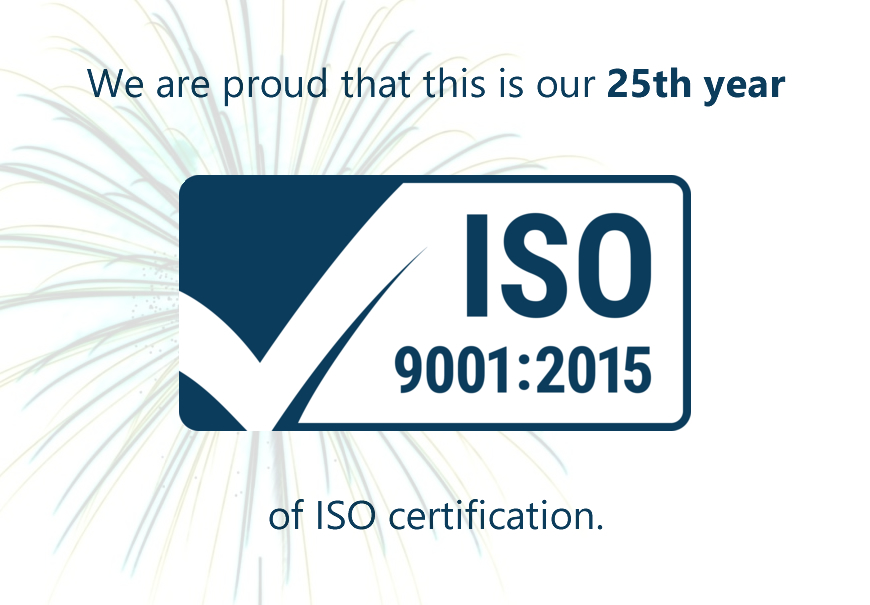- James Hilken
- News
- Hits: 2137
Extending the Operational Service life of Automatic Test Equipment
Written By: David T. Dunn
1. Introduction
The United States Armed Forces and global allied militaries depend upon a variety of aging computer platforms. These “legacy” computers were used in many military test stands. A large number of these older ATE stations remain in use today, providing critical testing capability for early versions of military aircraft and weapons systems. These mature military ATE’s generally cannot be re-hosted to newer computer platforms, so they must be kept running as is –some for many more years. The primary weakness of these legacy computers are their data storage peripherals, which are the leading cause of ATE downtime.
2. The Legacy Computer Peripheral Problem
Computers built in the 70’s, 80’s, and 90’s were relatively expensive, but highly reliable. Hence they were used in many important ATE applications. Computer systems like the Hewlett-Packard HP-1000, widely used in military ATE, still operate with reasonable reliability today. The same cannot be said for their peripheral storage devices.
Disk drives, tape drives, magneto-optical (MO) drives, and floppy drives, all wear-out during operation. These devices contain many moving parts, which gradually degrade. This wear is inevitable. Further, many of these peripherals use magnetic media that can be difficult — if not impossible — to source. This obsolete media is also in a state of continual decline, over time. Valuable digital data must be migrated forward to newer technology if it is expected to survive.
For the personnel and organizations tasked with maintaining ATE stations, finding replacement devices, piece parts, and media is a never-ending struggle. There are many small businesses that claim to provide “factory reconditioned” parts but these are scrap dealers — buying and selling used hardware – often with no means of testing what they sell.
This reality can be a major problem for end-users, who often cannot trust the ATE parts they are installing — if they work at all. Buyers of used hardware sometimes must order many more devices than they need because of the DOA rate associated with used hardware.
Extending the service life of ATE stations by installing used peripherals really makes no sense. There are a finite number of any particular type of used computer peripheral in the world so the quality of obsolete devices will only get worse with each passing year. What often remains on parts dealer’s shelves are leftover devices with intermittent problems or devices where the operational history is completely unknown to the dealer.
3. The Emulated Computer Peripheral Solution
The solution to using obsolete computer peripheral hardware and media is to install brand-new peripheral emulators. These products are identical in form, fit, and function to the obsolete peripherals they replace. There are no software changes required and the original data and power cables can be used. The installation process is simple and peripheral emulators are basically maintenance free.
There are a number of additional advantages to using emulated peripherals that are worthy of consideration:
– An emulated peripheral will usually pay for itself over time. The cost savings from reduced downtime, zero repair fees and no logistics issues, will eventually offset the cost of these devices.
– There are no system integration costs as the emulated peripherals run on the same host software using the same data/control cables, and the same power cable.
– The use of Compact Flash (CF) memory can greatly extend the storage life of archived data. Once this new technology is installed all historical data can be gradually transferred over to longer-term CF storage.
– A disk drive emulator can allow for multiple drive sectoring. Each device can be sectored into multiple devices.
– A disk drive emulator can do internal backups to a secondary internal device. Faster saves and more convenient backups can become an option.
– A disk drive emulator can allow for access to storage data via an optional Ethernet port allowing image saves and restores to alternate host systems(like a laptop).
– In situations where expensive and exhaustive device certifications may be required an emulated peripheral is often treated as a “like-kind” replacement, not requiring any special recertification.
– Emulated peripherals can be reprogrammed and then reused to solve other storage issues.
4. In Conclusion
All of the issues associated with the use of obsolete data storage hardware can be eliminated by using emulated computer peripherals. These solid-state devices may be custom programmed to mimic whatever computer peripherals that require replacement. Emulated peripherals can completely transform an aging ATE station. The weakest part of the ATE (the data storage peripherals) evolves to become the strongest part of the subsystem. Long-term data storage concerns are eliminated. Support personnel are free to be assigned to other tasks. Logistics personnel will have fewer issues to resolve.
One example of the potential application of emulated peripherals is the USAF F-16 fighter jet ATE:
Problem: The early models of the world’s most widely used fighter jet, the F-16, must undergo periodic test and inspection using ATE stations that run on HP-1000 computers. The original HP disk and tape drives, if still operational, are now over three decades old. These obsolete drives were often replaced by second generation drives made by Bering Technology. Bering ceased manufacturing devices several years ago.
Solution: The older F-16 ATE stations can remain operational through the use of peripheral emulators manufactured by Arraid LLC, a US based company. Arraid’s AEM-8 devices can be programmed to mimic a number of HP and Bering disk drives, tape drives, and MO drives, that are currently used on F-16 ATE. The brand new Arraid devices will allow these ATE stations to remain operational for many more years.





